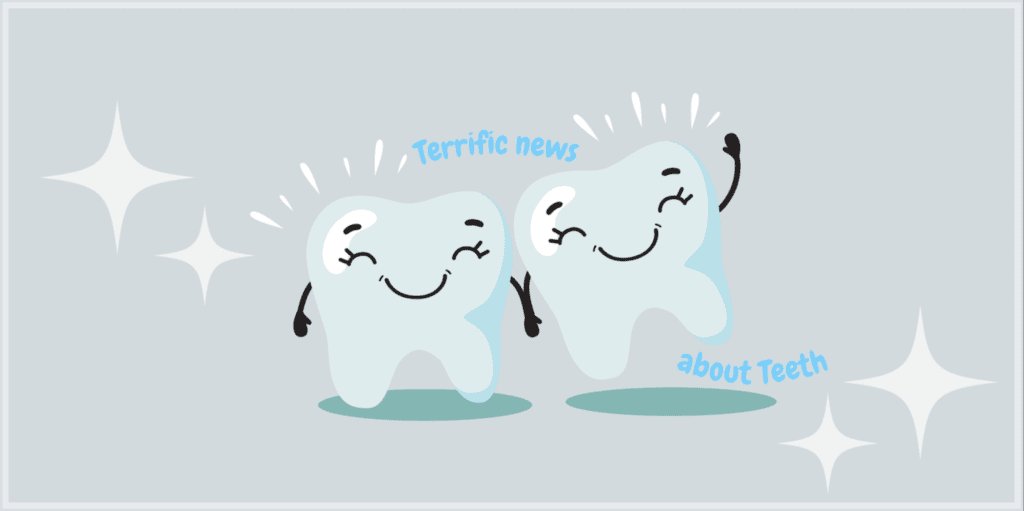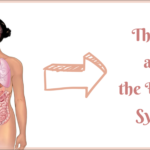The types of teeth are discussed in detail in this article. Teeth are necessary for eating, speaking, and smiling, as well as for the overall anatomy of the face. Each type of tooth has its own name, and each one has a specific function.
Enamel, Periodontal ligament, cementum, dentin, and pulp are the several layers that make up a tooth.
- Enamel: The hardest, whitest outer coating of the tooth. A hard substance called calcium phosphate makes up the majority of enamel.
- Dentin: The layer beneath the enamel. It is a rigid tissue with microscopic tubes. Heat and cold could enter the tooth via these paths when the enamel is compromised, causing sensitivity or pain.
- Pulp: The live, softer interior component of teeth. The pulp of the teeth contains blood vessels and nerves.
- Cementum: A covering of connective tissue that firmly bonds the tooth roots to the gums and jawbone.
- Periodontal ligament: Tissue that assists hold the teeth tightly against the jaw.
Changes in the quantity and makeup of a person’s teeth may occur as they age. In most people’s lives, they have two sets of teeth: primary teeth, also known as baby teeth, and permanent teeth, also known as adult teeth.
Types of teeth
Incisors, Cuspids, Premolars, and Molars are the types of human teeth. There are eight incisors, four on top and four on the bottom. These pointed teeth are placed in the front of your mouth and used when you take the first bite of a piece of food. They cut the dish into little pieces to make it easier for the individual to chew. These “front teeth” affect both the aesthetics of your smile and your ability to speak correctly, especially when pronouncing letters like “t” and “l.”
Next, you have two cuspids on top of your mouth and two cuspids on the bottom; they are also known as canines. Your mouth’s front teeth are pointy, resembling the teeth of wolves, tigers, and other carnivores. You can use them to rip and tear many types of food. These teeth are the ones that are the longest.
Types of teeth continued
The types of human teeth are further described below. Your eight premolar teeth are towards the back of your mouth, four on top and four on the bottom. These flat and ridged teeth are placed on the sides of your mouth, behind your canines. They may rip and smash food and are sometimes referred to as “bicuspids.”
Finally, your molars are positioned in the back of your mouth and are responsible for crushing and chewing food. They are the most prominent teeth in your mouth and have a flat, ridged surface. They usually appear between the ages of six and twelve, which is why they are commonly referred to as “6-year molars” and “12-year molars.” Their primary role is to break down food into manageable pieces for swallowing.
Wisdom teeth are distinct from the other types of molars. Your four teeth are the last to erupt and are placed in the corners of your mouth. They can make the mouth crammed and cause gum and jawbone problems in some people. They can become “impacted,” which means they cannot break through the gums and have no room in the mouth. This happens when there isn’t enough space in the mouth. Tooth extraction procedures are frequently performed on people in their late teens or earlier twenties.
Two sets of teeth
The types of teeth include primary and permanent teeth. You have a complete set of teeth on the top and a set of teeth on the bottom. The first stage, termed primary, usually begins around the age of two. The second set of teeth, commonly referred to as permanent teeth, replaces the first. When a person’s jaw grows, these teeth appear between 6 and 12. You are born with 20 primary teeth and will have 32 permanent teeth by the time you reach maturity, including your wisdom teeth.
The front incisor teeth are frequently the first to come through the gums when a kid is 6 months old. Children usually have their first permanent molars developed when they reach the age of six. They appear after the primary teeth have all emerged. By the age of 12, the majority of permanent teeth have grown. Wisdom teeth typically erupt between the ages of 17 and 25.
The everyday habits listed below can help people maintain healthy mouths and teeth:
- Brushing teeth twice a day.
- Using a fluoride toothpaste.
- Floss at least once a day.
- Consuming a nutritious diet and avoiding foods and beverages high in sugar.
Regular dental examinations and cleanings help to ensure that teeth remain healthy and allow for early correction of any problems.


